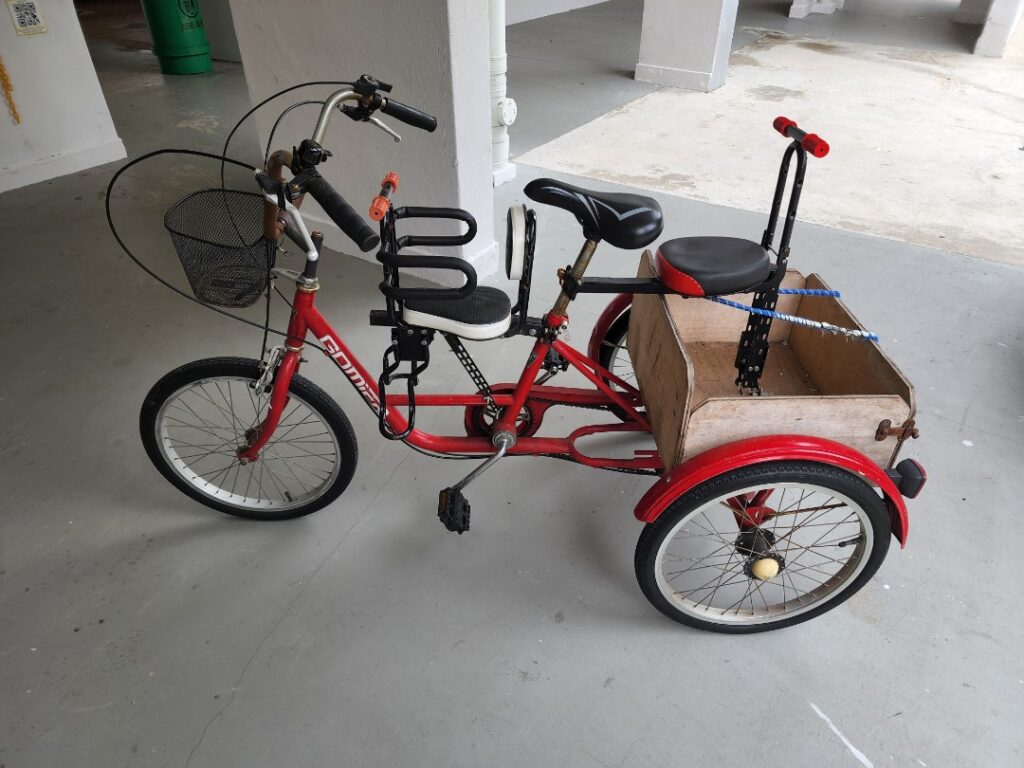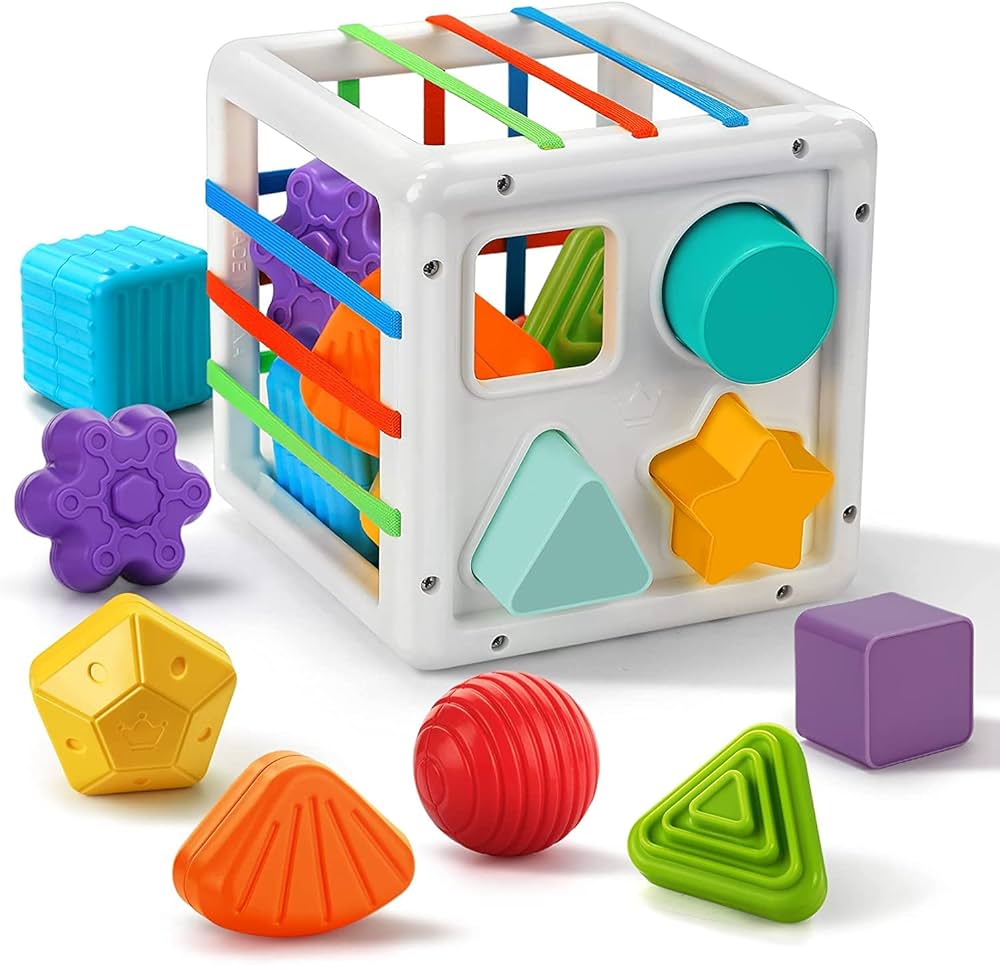Maximizing Room Corners: Stylish Cabinet Solutions for Small Areas
In compact homes or apartments, unused corners are an opportunity to add both storage and style without encroaching on valuable floor space. By choosing the right cabinet design and placement, you can transform awkward angles into functional, eye-catching features that complement your décor.
Evaluate Your Corner Dimensions
Begin by measuring the height, width, and depth of each corner you’d like to utilize. Note any baseboards, molding, or heating vents that could affect installation. Since corners often have uneven walls, use a level to identify any deviations before selecting a unit. Accurate measurements ensure a snug fit and prevent unnecessary gaps or wobbling once the cabinet is mounted.
Select a Versatile corner display cabinet
For both protection and presentation, a corner display cabinet is ideal. These units are specifically engineered to sit flush in a 90-degree angle, with adjustable interior shelves that accommodate collectibles, books, or décor items. Glass-fronted models keep dust at bay while showcasing your pieces, and lockable doors add an extra layer of security. Opt for a design with tempered glass panels and a sturdy metal or wood frame to ensure durability and a sleek profile.

Explore Wall-Mounted and Floor-Standing Options
Wall-mounted corner cabinets free up floor space entirely, making them perfect for hallways or living rooms where every square inch counts. Look for brackets or hardware rated to support the combined weight of the cabinet and its contents. Floor-standing corner units, on the other hand, often offer deeper shelves and can double as display tables. If you choose a floor model, pick one with tapered legs or a narrow base to maintain an airy feel in a small room.
Incorporate Floating Corner Shelves
If you prefer an open look rather than an enclosed cabinet, floating corner shelves provide a minimalist alternative. These triangular shelves attach directly to both walls, creating a stable platform for lighter objects like picture frames or potted plants. To keep the display from appearing cluttered, limit each shelf to two or three items. Paint the underside of the shelves the same color as the wall to create a seamless, built-in effect.
Mix Materials for Visual Interest
Combining materials—such as metal frames with glass shelves or reclaimed wood with matte-black hardware—injects personality into small spaces. For an industrial vibe, choose a corner cabinet with a metal frame and smoked-glass doors. In bohemian or rustic interiors, look for distressed wood cabinets with brass accents. Matching the cabinet’s finish to existing furniture or hardware (door handles, light fixtures) helps the unit look intentional rather than tacked on.
Utilize Corner Spaces in Every Room
-
- Living Room: A corner display cabinet can serve as a mini home library—store books on the lower shelves and display decorative objects or framed photos above.
- Bedroom: Use a compact corner cabinet as a bedside alternative, placing a small lamp or alarm clock on top while storing bedtime essentials inside.
- Home Office: Corner shelving keeps paperwork and office supplies organized without sacrificing desk space. Consider a cabinet with a locking door to secure sensitive documents.
- Kitchen or Dining Area: Install a corner wall cabinet to hold glassware, recipe books, or spices. A glass-fronted model ensures you can quickly find what you need without opening multiple doors.
Optimize Lighting and Decor
Corner cabinets can create shadows if left unlit. Install a small puck light inside a glass-front cabinet or position a directional wall sconce above open shelving to illuminate displayed items. For a cohesive look, choose light fixtures with finishes that match the cabinet’s hardware. Add decorative touches—like a trailing plant on the top shelf or a statement sculpture—to draw the eye toward the corner and make the space feel intentional.
Plan for Installation and Maintenance
Before mounting a wall cabinet, locate studs using a stud finder to secure heavy units safely. If studs are not available, use toggle bolts or molly screws rated for the cabinet’s weight. For floor-standing models, place felt pads under the legs to protect hardwood or laminate flooring. To keep glass surfaces pristine, dust weekly with a microfiber cloth and clean with a gentle glass cleaner as needed. Check brackets, hinges, and shelf supports every few months to ensure everything remains tight and level.
By thoughtfully measuring corners, selecting a tailored corner display cabinet, and integrating lighting and décor accents, you can turn underutilized angles into stylish, functional focal points—maximizing both storage and visual appeal in even the smallest rooms.




